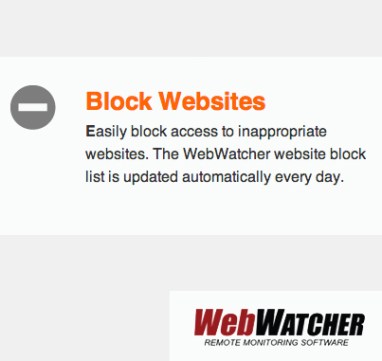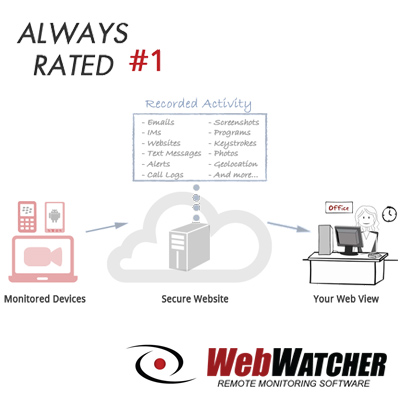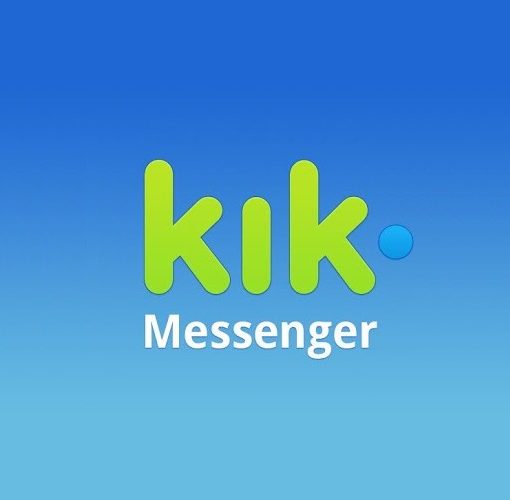Overview: Digital wellness is the process of forming an intentional and healthy relationship with technology. For teens, that includes learning how the technology they use functions; how it can be manipulative; tracking and understanding their technology usage; and balancing fun, work, and time away from a screen. Parents can use parental monitoring software to help their kids make healthier digital decisions.
Building Healthy Habits With Technology
For teens, learning to manage their time is part of growing up. Technology can make that easier or more difficult, depending on what they use it for and why. For maximum productivity and minimal speed bumps, knowledge is the best tool.
How Does It Make You Feel?
That’s the most important question you can ask about any technology. It’s been shown that what you bring to a technology is what you get out of it. For example, people who are struggling with anxiety or depression are more likely to draw negative feelings out of social media. Just like a mirror can’t improve or ruin your looks but only reflect the light bouncing off your face, technology use works much the same way.
This means that any healthy relationship with technology is rooted in a healthy relationship with yourself. Taking care of yourself is an ongoing process that most adults learn and develop throughout their lives, and nobody should be expected to just pick up a strategy that magically works.
Work with your teen on emotional health and self-evaluation, and ask what their relationships with technology are saying. Thinking about why they use technology will better inform how they use it.
How Do You Practice Digital Wellness?

Despite the stereotype of the tech-addicted young person, many teens don’t automatically understand all the functions of their devices. That includes knowing how to customize them to their liking.
One example is alerts. Phone notifications, email alerts, and similar tools can be useful, but they’re also weapons in the endless war for our attention. Teens should learn to be critical of alerts and push notifications and be encouraged to turn them off when they’re not needed or wanted.
Similarly, they should know how to dig into an application’s permissions and why it wants them. Many applications have good reasons to want access to your microphone and camera, for example, as you use them to make video calls, snap photos, or record voice notes. But why is a mobile game asking for them?
As teens get a better understanding of how they can control their devices and keep their software from running their lives, the happier and healthier their relationship with technology will be.
Teach Them to Think Critically About Their Tech Use
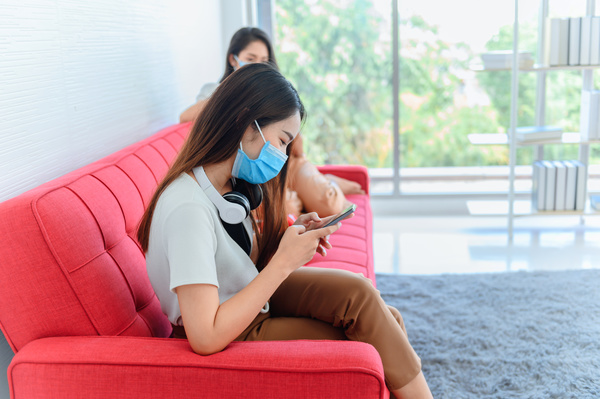
A good way to help them gain that understanding is asking them to think about what their favorite apps and websites want from them. For example, social media apps are designed to have an “endless scroll” in order to keep users engaged and looking at ads. This doesn’t make them “addictive” (although it is questionable design on an ethical level), but it does make it easier to get lost in them.
Teens should be applying their critical thinking skills to every app they download. Encourage them to think about what the app wants them to do, why it wants them to do it, and how the people who developed the app benefit from that action.
Critical thinking should also be broadened to technology in general. Our attention and data is valuable to tech companies, and we should ask ourselves why our technology does what it does. When teens ask why their computer insists on redirecting them to a certain browser, or tries to keep you from installing a certain program, it makes them more proactive and thoughtful consumers.
Tracking Time Spent Online
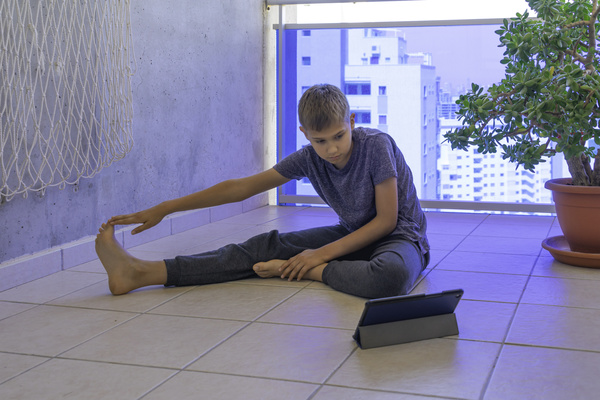
One of the curious advantages of technology is that it allows us to quantify who we are and what we do in ways that were impossible even a decade ago. Our watches track our heart rates and steps, our refrigerators can track what we eat, and, most importantly for our relationship with it, our tech can tell us how long we’re using it and for what purpose.
Teens use a lot of technology. They’re probably using software extensively at school for classwork and projects, using it at work to reserve shifts and to get tasks done, and using it for day-to-day tasks such as getting directions and buying things they need online. All this is in addition to time spent recreationally —catching up on social media, playing games, or working on creative projects.
Many devices have informational apps and tools that tell you how long you’re on an app, how much time you spend on it overall, and other data in a handy report. Over time, it will compare your usage against past statistics and give you more information and even tips for better interaction.
Better still, an app like WebWatcher can give you this type of data for every site that tracked users visit on all of their devices — along with SMS text data — all in one report.
Once you have these reports in hand, sit down with your family and look at everyone’s report. This can be informative for telling you where all seemingly lost time has gone, and it can also point to apps and interactions that are taking up more time than they deserve.
Balancing Your Time
Properly used, technology can expand our leisure time by automating the tasks that used to eat up our day. We no longer have to balance checkbooks, rewrite lost to-do lists, go back to the store because we forgot something, or add appointments to paper planners and hope we remember them.
Of course, the trade-off, as we’ve noted, is that technology also attempts to fill that time with other things, things that don’t always benefit us. So, once we know how the apps work, how much time we spend on them, and how they try to get us to keep spending time on them, it’s a question of balancing needs and wants.
Some of this ties into basic life skills that teens are only starting to develop, like planning out their days and living within their means with their jobs. But it also relates to how they use the apps in their lives. If they’re communicating with friends, learning new skills, or taking a mental break from a busy day, that’s probably a better use of their time than, say, watching reality shows.
If your kids recognize unhealthy habits, help them find ways to improve them with tactics such as these:
- Turning off all but essential notifications.
- Recognizing physical signals that they’ve been sitting in front of a screen for too long.
- Balancing screen time with time spent on physical activities.
- Scheduling an hour of screen-less time before bed.
- Use of parental monitoring software like WebWatcher.
How WebWatcher Parental Monitoring Software Can Help
If your teens can use a hand with unplugging, WebWatcher can help. Along with computer monitoring software, we also offer monitoring service for your kids’ Android or iOS phones.
As discussed above, WebWatcher can be set to record all data on your kids’ devices. Parents can then use this information to start a conversation with their kids about ways their time may be better spent.
If kids find it challenging to monitor their own online behavior, parents can step in with digital wellness tips such as these:
- Limiting screen time.
- Setting “no-tech zones” for certain times of the day (such as before school in the morning or during meals).
- Setting up overnight charging stations outside of bedrooms and not allowing devices in kids’ (or ideally, all family members’) rooms overnight.
At WebWatcher, we know that you want the best for your kids, but we also know that you can’t (and with older kids, probably shouldn’t) directly supervise all of their screen time. Let us help. Learn about all the ways WebWatcher can help you protect the digital health of every member of your family and try it risk free today.


